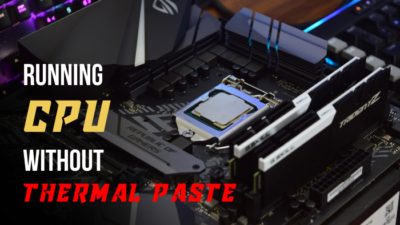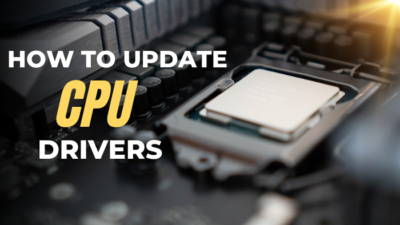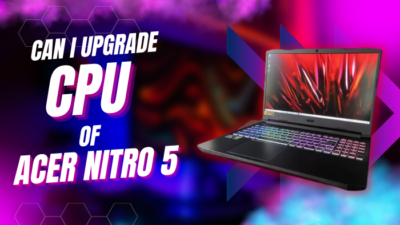Transporting computer or PC components is a piece of cake today. You can pack it and go off to a place comfortably.
But things can get tricky when crossing airport security lines and international borders. And if you are unaware of the TSA regulations, it can give you a hard time traveling with your CPU.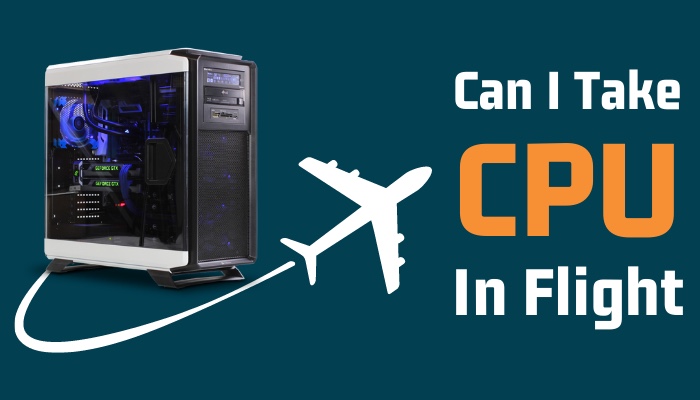
However, don’t worry. Cause here, I’ll tell you the rules & regulations and the safest way to travel with your CPU.
So, let’s begin.
Can I Carry CPU in Flight?
Yes, you can carry a CPU or processor on a domestic or international flight. You can take the CPU with you as a part of your laptop, assembled desktop computer, or even as a disassembled computer component and pass it through the standard security process.
According to the Transportation Security Administration or TSA, a person can carry electronic equipment or components without an issue as long as it fulfills the security measurement. 
You can travel with the CPU, and the TSA or TSA officers won’t hinder you. You can take the CPU on domestic flights in India, the USA, the UK, Canada, and any other country. Not only that, you’re even allowed to travel on international flights without any additional charges.
But it’s highly suggested to declare your computer parts or CPU as your personal equipment to ease the security process and avert the extra tax problem.
The CPU size is small, and you can fit it in any bag or luggage. The average weight of your CPU is around 60 grams, and you can place it in your carry-on bags or checked bags to transport on a flight.
But, you must put the bag in the X-ray screening to complete the scanning process.
Depending on the airline, the baggage weight limit may vary. Generally, the carry-on bag has a limit of 7 Kg and 20 Kg for the checked-in bags. But it’s recommended by the airport authority to keep your PC components inside your carry-on bag to ensure better safety.
You must pack your CPU correctly to protect and ensure the best safety. Read the following passage to learn the way of packaging the CPU appropriately.
How to Pack the CPU for Flight
CPU is a fragile component, and packing it right is a must before a long flight. You can start packaging the computer processor using a manufacturer-provided clamshell. If you don’t have the clamshell, you can use the LSC (LAND Side Cover) to pack the CPU.
The CPU is a fragile component, and it’s a must to secure it properly. Packing the processor for the flight is similar to transporting the CPU in a car.
Consider reading the following methods to learn ways of packaging a CPU accurately to prevent any damage and harm to the processor.
Here are the ways to pack a CPU or processor for flight:
1. Use Clamshell
Nowadays, the CPU or processor comes in a clamshell and with a CPU box from the manufacturer. It helps you protect the component from any external damage.
If you are carrying a CPU, it’s best to use the manufacturer’s given box to transport it. The following steps will show you how to protect your processor using clamshell.
Here is the procedure to pack a CPU using a clamshell:
- Put the processor in a clamshell.
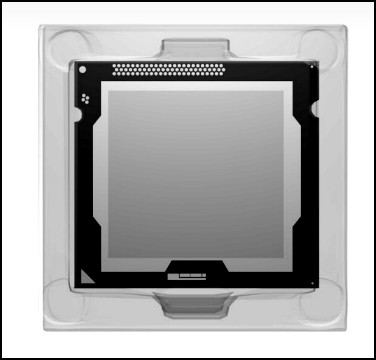
- Place it inside the processor box.
- Cover the box with bubble wrap.
- Put it inside a brown box.
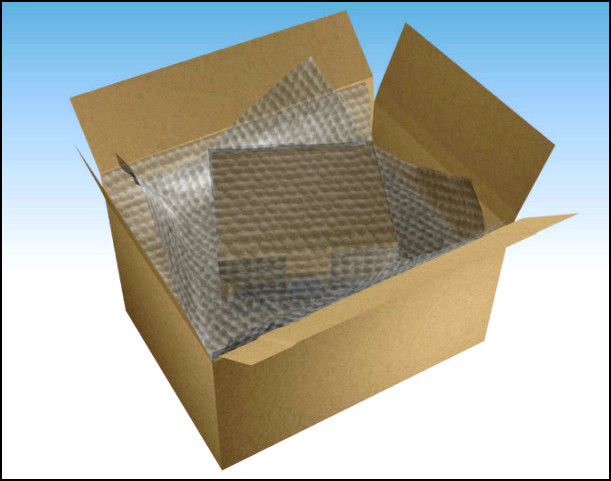
After that, you can keep it inside your carry-on bag or checked-in bag to transport it safely.
2. Use LSC
If you don’t have the clamshell or processor box, you can use the LSC or LAND Side Cover. It protects the processor from contamination and physical damage.
Consider reading the following process to pack and secure your processor for flight with LSC.
Here are the steps to pack the CPU using LSC/ LAND Side Cover:
- Place the LAND Side Cover or LSC on the processor.
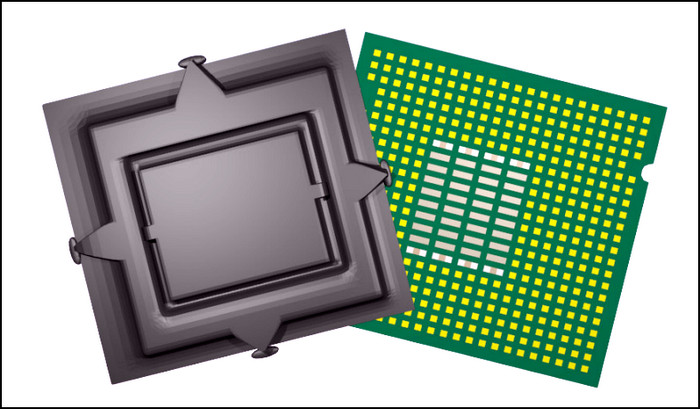
- Put the CPU inside an anti-static bag.
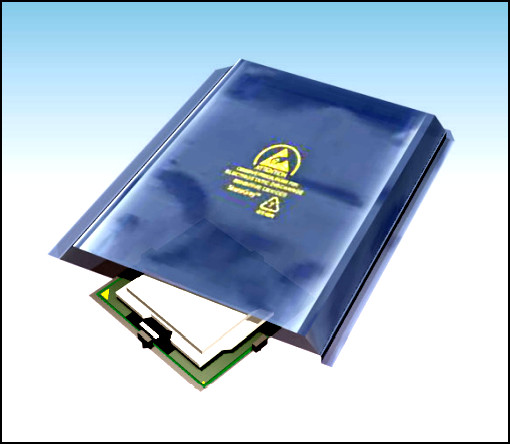
- Cover the bag with bubble wrap and place it in a brown box.
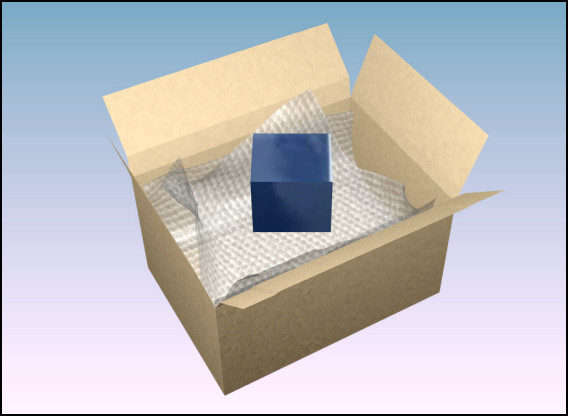
The above methods will help you to protect the CPU from physical damage and secure the package.
But, if you put the box as a checked-in bag, label the box as Fragile or Handle with Care for better safety.
Can You Bring a Desktop Computer on a Plane?
Yes, you can bring a desktop computer or PC tower with you on a plane. It will be counted as your baggage and need to follow the size and weight guidelines by the airline. Depending on the dimension, you can keep it in a carry-on bag or give it as a checked-in bag.
Based on the TSA rules and regulations, passengers can carry a fully built desktop PC during a flight. And you must remove it from the carry-on bags and put it in a separate bin for X-ray scanning. 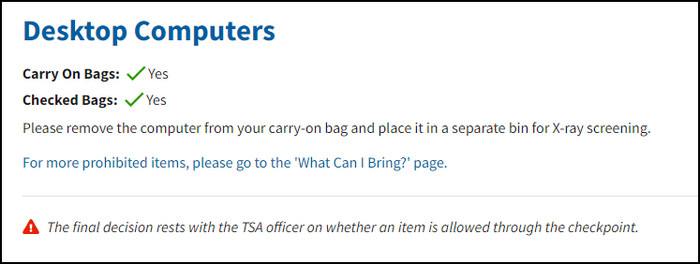
Depending on the casing, the size of a fully equipped desktop or gaming PC can vary.
In most flights, the dimension of the carry-on bag is Width: 9 inches (22.86 cm) x Length: 10 inches (25.4 cm) x Height: 17 inches (43.18 cm). And for the checked-in bag, the dimension is Width: 9 inches (22.86 cm) x Length: 14 inches (35.56 cm) x Height: 22 inches (55.88 cm).
To detect the dimension, you need to measure your PC with tape. You can fit the ATX and mini ATX towers easily inside your luggage. But, for the super and full tower PC, the baggage size will exceed the standard regulations.
Though, you can carry your desktop PC on a plane by paying extra charges for the luggage depending on its increasing length and weight.
However, if you have a laptop computer, you can fit it inside your carry-on baggage or checked-in bags without any issue.
As long as the laptop computer doesn’t surpass the maximum weight limit, you can travel without paying any extra cost for your laptop.
But remember to put a Fragile or Handle with Care label on your desktop if you put it on the checked-in bag.
Can I Carry a Monitor in Flight?
Yes, you can travel with a computer monitor on your flight. Most airlines allow the monitor as a part of the carry-on bag and put it inside the overhead bin. But you must fulfill the dimension guideline, or else you need to submit it as a checked-in bag.
A monitor is essential for the PC, and many eSports tournaments ask the participants to carry their monitor with them. Also, you may need to shift or transfer the monitor using the flight.
According to the Transportation Security Administration (TSA), you can carry a monitor with you, just like a laptop and desktop computer.
Modern computer monitors are flat, and their widths are very low. Also, the length can fit comfortably in any carry-on or checked-in luggage.
But, the main concern is with the height of a monitor. You can carry a 17-inches product in the carry-on and a 22-inches inside the checked-in bags. Most of the average monitors will fit into the standard baggage.
However, you can’t put a bigger monitor in the carry-on bag, like a 24-inch or 27-inch monitor. You must place it as checked-in luggage and pay extra charges for its additional height and weight.
Monitor screens and build quality isn’t very strong. So, use bubble wrap as a protector to keep it safe during the flight.
Frequently Asked Questions
Can I carry a CPU on an international flight?
Yes, you can carry a CPU or processor on an international flight and also on domestic flights.
Can I keep the CPU with my carry-on bags during a flight?
Yes, you can, and it is better to keep the CPU with your carry-on bag during the flight to ensure safety.
Do I need to pay taxes for my CPU?
No, if you declare the CPU as your personal equipment, you don’t need to pay extra taxes during the airport security pass.
Final Thought
Sometimes, you may need to travel on a flight with your CPU for personal and business purposes. It’s an essential and valuable item you must pass through the security process. And knowing the rules would help to complete the procedure smoothly.
If you find this article helpful and travel-friendly, leave a comment below.
Have a safe journey!


